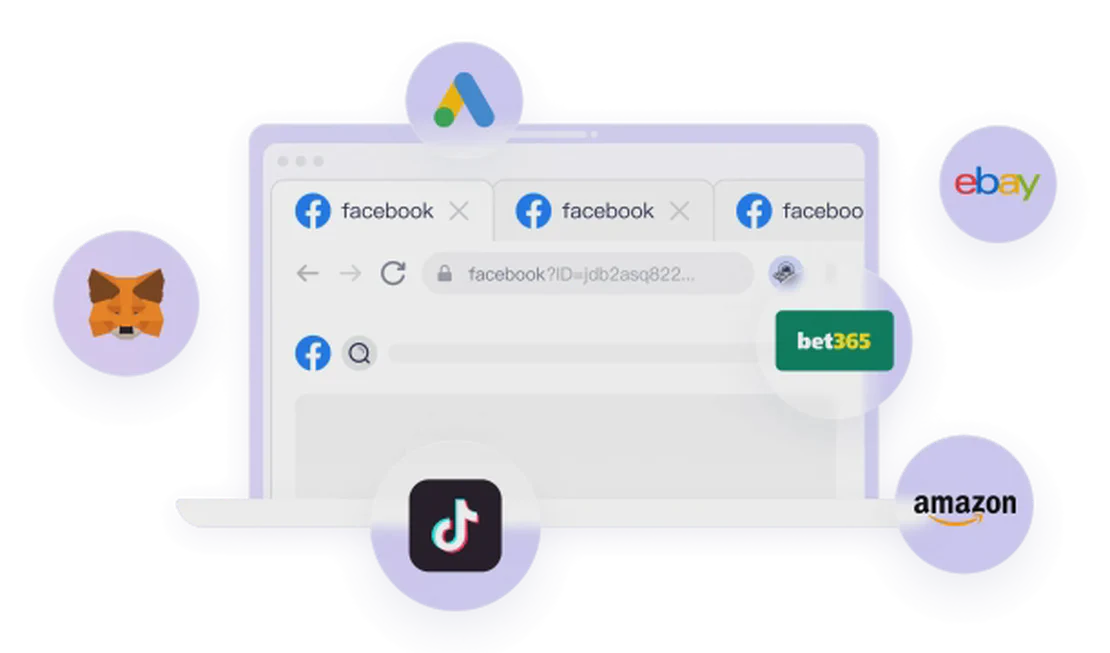What is Mining?
Mining refers to the process by which new cryptocurrency coins or tokens are created and transactions are verified on a blockchain network. It involves solving complex computational problems that require significant processing power. The miners who successfully solve these problems are rewarded with cryptocurrency for their efforts.
Types of Mining
- Proof of Work (PoW) Mining:
- The most common method where miners compete to solve mathematical puzzles.
- Successful miners receive new coins and transaction fees as a reward.
- Examples: Bitcoin, Ethereum (prior to its transition to proof of stake).
- GPU Mining:
- Utilizes Graphical Processing Units (GPUs) for mining.
- More suited for mining algorithms that are memory-intensive.
- Popular for cryptocurrencies like Ethereum.
- ASIC Mining:
- Involves the use of Application-Specific Integrated Circuits (ASICs) designed specifically for mining.
- Offers higher efficiency and performance compared to GPUs, but is less flexible.
- Used primarily for Bitcoin mining.
- Mining Pools:
- Miners join forces to combine their computational resources and share rewards.
- Enhances the chances of earning cryptocurrency as the combined hash power increases the likelihood of successfully mining a block.
Mining Algorithms
Mining is contingent upon a variety of algorithms that dictate how transactions are verified and how new blocks are added to the blockchain. Common algorithms include:
- SHA-256: Used by Bitcoin, this algorithm is resource-intensive and requires substantial computational power.
- Scrypt: Used by Litecoin, this algorithm is designed to be more accessible to average users and resistant to ASIC mining.
- Ethash: The algorithm used by Ethereum, known for being memory-hard and favoring GPU mining.
Profitability of Mining
Mining profitability depends on several factors:
- Cryptocurrency price: The market value of the mined coins can significantly affect profitability.
- Electricity costs: Mining requires a considerable amount of energy, and high electricity costs can diminish profits.
- Hardware costs and performance: The initial investment in mining hardware can be substantial. The performance of hardware determines potential earnings.
- Mining difficulty: As more miners join, the difficulty of mining increases, affecting the chances of successfully mining new blocks.
Conclusion
Mining serves as a crucial component of the cryptocurrency ecosystem, enabling the creation of new coins and validating transactions. Miners play an integral role in maintaining the security and integrity of blockchain networks. However, the technological and financial complexities involved in mining require careful consideration before engaging in the activity.
You May Also Like
